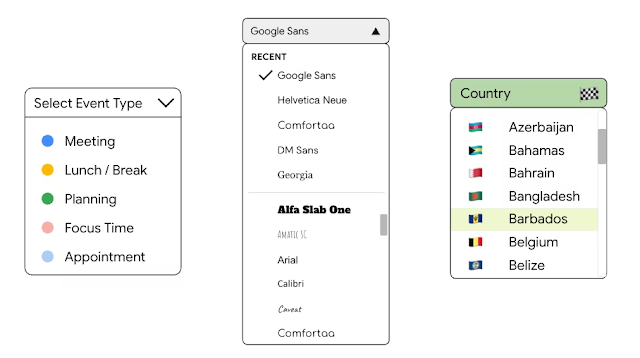Here’s a deep dive into the key CSS features that stole the spotlight, complete with examples and insights to prepare you for the future of web design:
Unlocking Enhanced Responsiveness and Layout Control:
- Container Queries: Responsive design takes a leap forward with container queries. Now, you can tailor styles based on the dimensions of specific containers, not just the viewport. This empowers you to create truly adaptable layouts that respond seamlessly to diverse screen sizes and device orientations.
Example:
CSS
@container (min-width: 600px) {
.sidebar {
display: block;
}
}- Style Queries: Style queries introduce conditional logic within CSS, enabling you to adapt styles based on various factors like user preferences, device capabilities, or even available resources. This opens the door to truly personalized and context-aware web experiences.
Example:
CSS
@style prefers-reduced-motion {
.animation {
animation: none;
}
}Streamlining Styling and Elevating Visual Expression:
- CSS Nesting: Say goodbye to nested selectors and embrace cleaner, more organized code with CSS nesting. This feature allows you to nest CSS rules within their corresponding elements, significantly improving readability and maintainability.
Example:
CSS
nav {
ul {
list-style: none;
margin: 0;
}
li {
display: inline-block;
margin-right: 1em;
}
}- Cascade Layers: Take control of the cascade with cascade layers. This feature introduces a new level of specificity, enabling you to define the order in which styles are applied, even overriding those from frameworks or external libraries.
Example:
CSS
@layer components {
/* Component-specific styles */
}- Color-Mix Function: Create a wider spectrum of colors with the color-mix function. Easily blend colors, adjust saturation and lightness, or generate gradients, all within your CSS code.
Example:
CSS
.gradient-background {
background-color: color-mix(blue, red 20%);
}Enhancing User Interactions and Experiences:
- Discrete Property Transitions: Bring subtle sophistication to your animations with discrete property transitions. This feature enables you to transition individual properties independently, creating more granular and visually appealing effects.
Example:
CSS
button {
transition-property: background-color, transform;
}- Scroll-Driven Animations: Create dynamic and engaging experiences with scroll-driven animations. Trigger animations based on scroll position, adding depth and visual interest to your web pages.
- View Transitions: Smoothly transition between different views or layouts using view transitions. This feature provides a seamless way to guide users through content or present different perspectives without jarring page reloads.
Additional Notable Features:
- Initial-Letter: Style the first letter of a paragraph or text block with custom fonts, colors, or sizes using initial-letter.
- Trigonometric Functions: Calculate angles and positions more accurately within CSS using trigonometric functions like sin(), cos(), and tan().
- Individual Transform Properties: Apply transformations to specific properties like scale, rotate, or translate, allowing for more fine-tuned control over element transformations.

